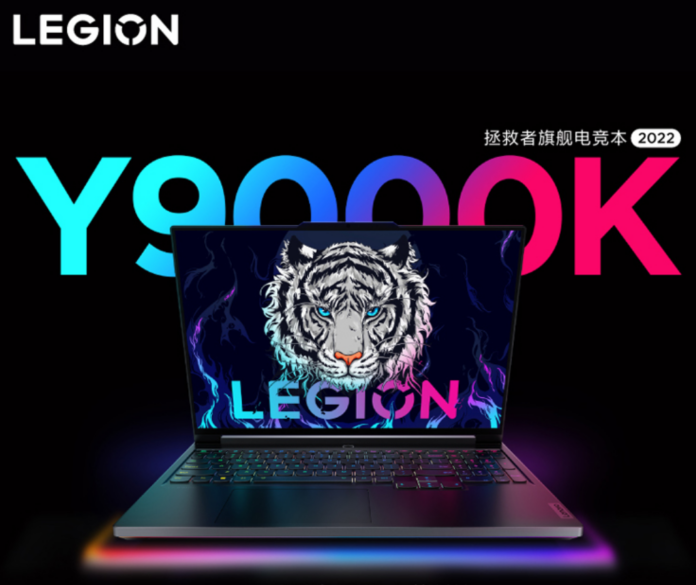The school to be digitized: interview with Luca Siboni (Tp-Link)
Among the 28 countries that make up Europe, Italy ranks 24th in the 2019 DESI score. That is, the European Commission’s indicator that measures the level of implementation of the Digital Agenda of all member states. The number is merciless, especially now that technology has become indispensable in such neuralgic areas as schools.
We talked about this with Luca Siboni, Distribution Key Account Sales Manager at TP-Link. One of the most active companies in providing advanced connection devices.
Internet and School: interview with Luca Siboni (TP-Link)
by Marco Lombardo
 Let’s start with the data.
Let’s start with the data.
“The picture shows that there is much to be done. According to Istat 2018 data, one in four Italian households lack broadband access from home”.
A widespread trend?
“In fact, no. Trentino tops the list, Molise is last. There you have it: there is a full 15 points of difference in terms of coverage.
And in the South, most households do not have a computer in the home: as many as 4 out of 10″.
How do you ensure an equal school for all in this way?
“This is the challenge that needs to be addressed. Still in the South, only 3 out of 10 kids have high digital skills. A gap that needs to be bridged.
And then there’s the problem of teachers”.
Low-tech?
“Very little. According to Agcom’s 2019 Educare Digitale report tracked on Miur data, only 47 percent of teachers say they use technology daily in their training activities. Bottom line: professors at school use very little internet.
And even fewer are letting students use it”.
A cultural revolution is also needed.
“Definitely. But also more training: do you think that only 20 percent of teachers have retrained in some way to digital in this period. And that means many students are left doing nothing or almost nothing”.
An alarming situation.
“Investing in schools is essential for the future of our country by. Digital education must necessarily encourage both the development of students’ and teachers’ skills and the pedagogical use of technologies. We need to start changing teaching methodologies.”.
You also have to change the infrastructure. There’s a lot of talk about 5G, but in some parts of Italy we don’t even get 4G. Let alone fiber optics..
“True. Still Agcom only 9% of elementary school, 11.2% of secondary schools and 23% of high schools have quality internet bandwidth availability. This is where we need to start, and we are willing to step in to help with development.”.
Starting from where?
“First and foremost from training. We have just concluded a series of webinars to talk about the terminology of the Net and the tools that go into making it work. We cannot expect ordinary people to necessarily know, for example, what it means mesh“.
It should also be explained on product boxes in simple words.
“I agree. But we are working to make everything more understandable.”.
And indeed sometimes there are those who still don’t know the difference between Adsl and fiber optics..
“Right. But I have to say that thankfully there is starting to be more awareness about this.”.
Good: and now?
“Now is the time to take action to overcome the shortage of IT infrastructure. That of digitizing Italy’s schools and teaching the use of technology is an issue that comes from afar. A too-slow path that goes back more than a decade, when a National Digital School Plan from the Ministry of Education was discussed in 2007”.
Little has changed since then
“Not enough has been done, although there is some excellence in Italy. The Italian school consists of about 850.000 teachers, working on about 36.000 locations, in more than 350.000 classrooms. Comprising 8 million students aged 6 to 19, with 4.5 million households involved.
A wide-ranging plan is needed”.
Where to start?
“The funds allocated by the “Cure Italy” decree make 10 million euros available immediately to enable state educational institutions. They can use them to immediately equip themselves with platforms and digital tools useful for distance learning, or to enhance the ones they already have.”.
Enough?
“Of course, it is a start. But there are also 70 million euros to give less affluent students devices on loan for use so they can access the network and e-learing platforms. Plus also €5 million to train school staff on methodologies and techniques for distance education.”.
The problem of infrastructure remains.
“We at Tp-Link have tools and professionals who can solve many of the problems. And help schools get going again with more technological means.”.
For example?
“We have a wide over range of devices for home connectivity and perfect for distance learning. And then we have been providing professional wireless solutions suitable to support educational institutions for years. Offering knowledge and state-of-the-art professional products to achieve digital modernization quickly and at competitive costs”.
What kind of products?
“The Omada line of wireless business products, which means “team” in Greek. With which we can intervene on both small buildings and large school districts by providing robust and reliable wireless connectivity. And then the TP-Link professional product ecosystem, which includes Wi-Fi Access Points, Switches, VPN Routers and Security Gateways, which you can manage from one centralized platform in the Cloud via Hardware or Software Controller”.
The usual question: what about privacy?
“Well, obviously for a company like ours, it’s number one. Our products are all compatible with the European Gdpr regulation. Plus there are options like installing one to keep your data encrypted and have it available for 365 days.
Of course, to decrypt them you then need a specialized technician”.
In summary, then, TP-link is ready.
“We are. And we are also willing to work with educational institutions to make the change as fast as possible.”.


